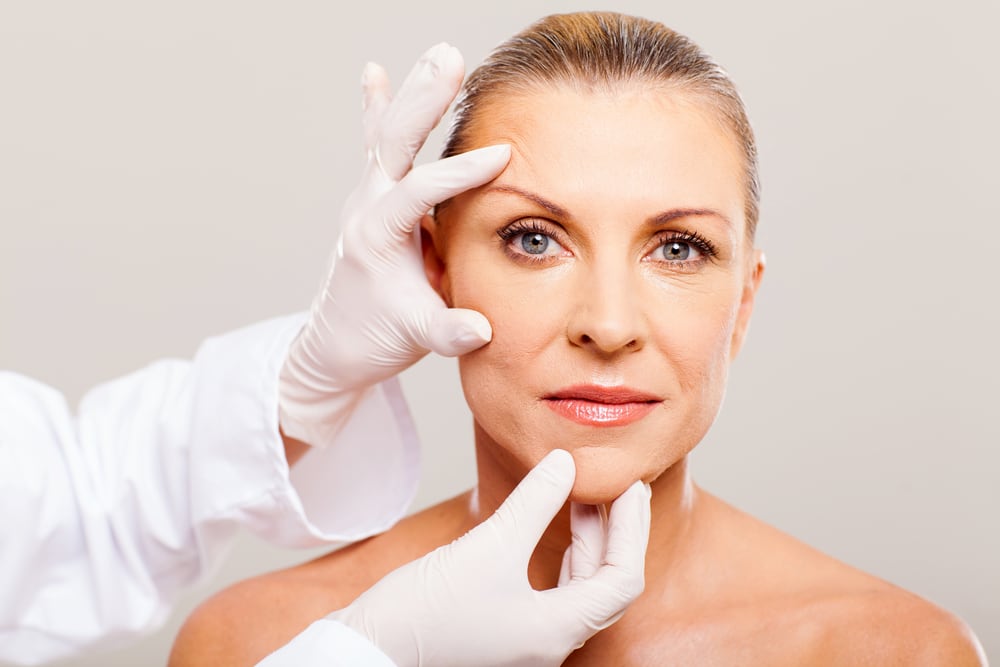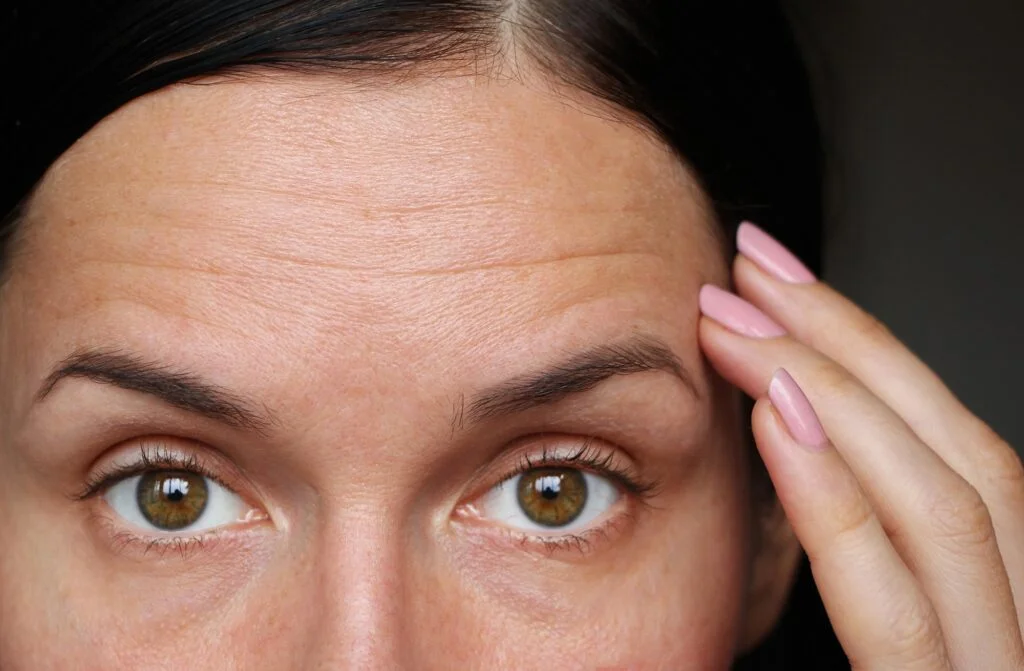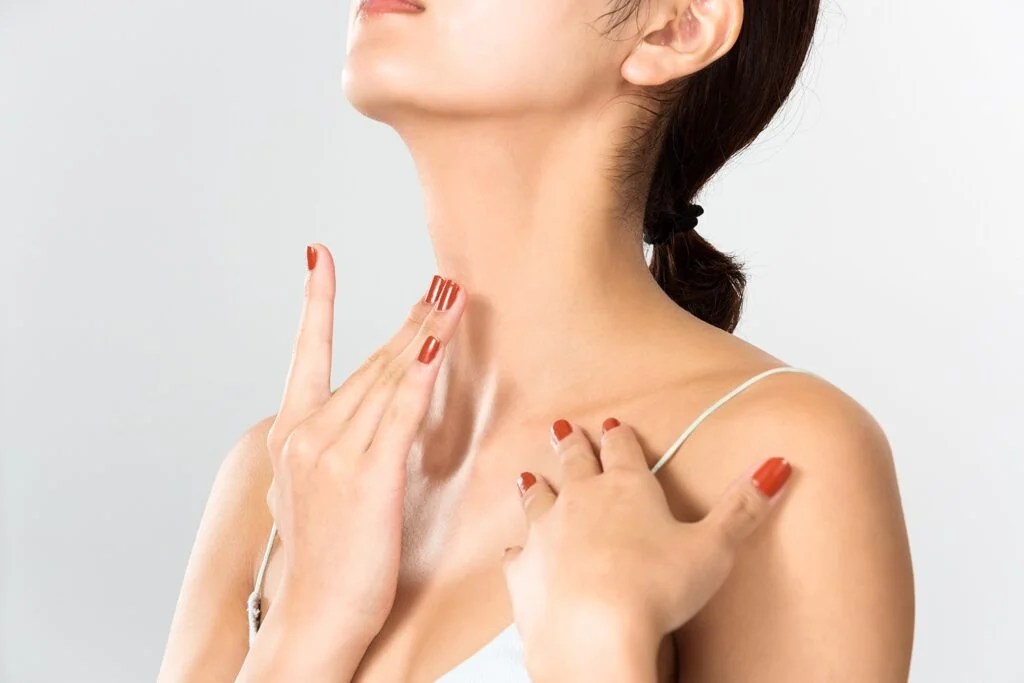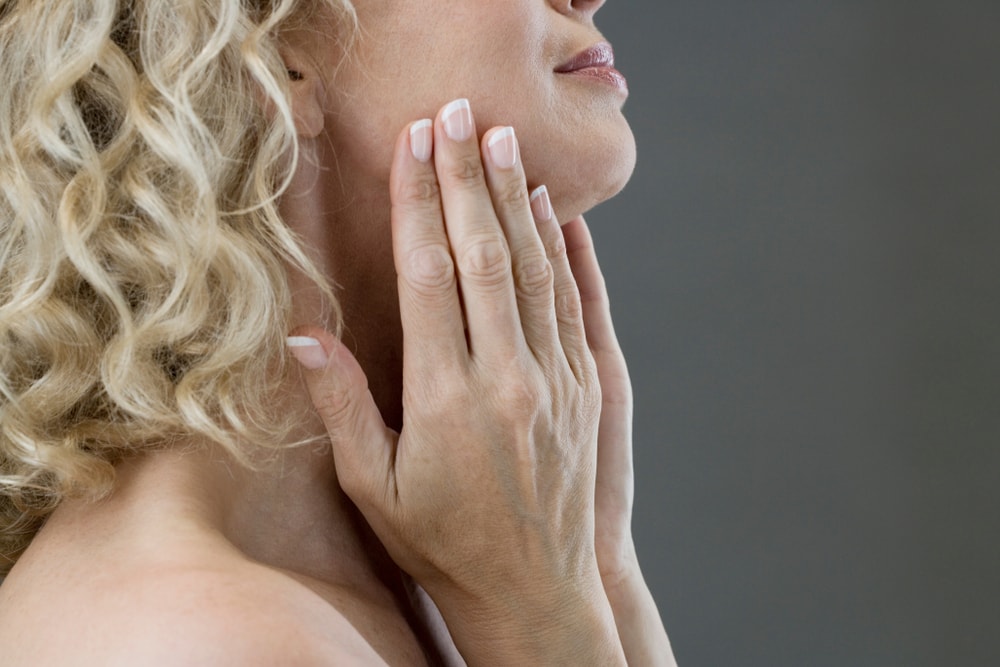Brow Lift (Forehead Lift)
A brow lift, or forehead lift, is a facial plastic surgery procedure designed to enhance the aesthetic appearance of the forehead, eyes, and the upper third of the face. The position of the brows can impart undesirable and unintentional expressions, including anger, sadness, or fatigue. Similar to upper eyelid surgery, skillfully rejuvenating and framing the eyes through stabilization of the brow position is a matter of millimeters and meticulous technique is an absolute. The goal is to match your facial expressions with your emotions, leaving you with a natural position and shape to the brow.

The Recovery
The morning after the surgery, Dr. Shadfar will see you in-clinic and check all incisions, remove the head wrap, and go over all wound care measures. Depending on the approach taken, you may experience headaches, tightness to the forehead, and numbness of the scalp. Swelling is expected; you should continue use of cool compresses and keep the head elevated. If sutures are used externally, they are removed on day seven following the surgery. Restrictions in using hair dryers, curling irons, and hair dye are in place during the postoperative period as well. Patients usually have minimal downtime of one to two weeks before returning to work, and we ask those patients traveling from out of town to stay for routine checks during this time period.
Combining Brow Lift With Other Procedures
Because a brow lift is designed to refresh the upper-third of the face, many patients combine the procedure with complementary treatments to achieve more extensive rejuvenation of their facial appearance. For instance, a comprehensive forehead and eyelid lift is a popular option for individuals with an accumulation of excess skin and/or lax musculature around the eyes and brow. As an eyelid lift can minimize puffiness and under-eye bags, the addition of blepharoplasty to your treatment plan typically yields a brighter, more rested, and more youthful appearance.
A facelift is also frequently performed in conjunction with a brow lift to improve signs of age in each plane of the face. Dr. Shadfar usually performs a facelift and necklift together, achieving far-reaching rejuvenation of the entire facial region when rhytidectomy is combined with a forehead lift. This combination procedure typically addresses excess skin, lax musculature, and redundant fatty deposits throughout the face and neck for extensive results. If you are seeking a more substantial degree of enhancement, Dr. Shadfar can recommend adjunctive surgical or non-surgical procedures for your unique concerns during a consultation.
Brow Lift Frequently Asked Questions (FAQS)
Who Is A Good Candidate For A Brow Lift?
Good candidates for eyelid surgery typically include individuals experiencing at least one of the following issues:
- Extra (often hanging) skin in the upper and/or lower eyelids
- Protruding fat pockets in the upper and/or lower lids
- Visible wrinkles and creases on one or both eyelids
- Noticeable bags and/or dark circles beneath the eyes
In addition to having cosmetic concerns, men and women whose vision is impaired by hanging upper eyelid skin are usually considered good eyelid surgery candidates, as removing excess skin can often help to improve one’s field of vision.
What Are The Benefits Of A Brow Lift?
Along with achieving a more desirable brow position and resolving numerous cosmetic issues along the forehead, a brow lift can help relieve muscle tension and lessen the “exhausted” and/or “angry” appearance often associated with a wilting brow. Additionally, brow lift surgery can usually further enhance the aesthetic and functional results of upper blepharoplasty for individuals who have a significant amount of sagging eyelid skin.
Where Are Brow Lift Incisions Located?
The exact location of the incisions used for brow lift surgery will depend on the technique employed, as well as the specific needs of the patient. Most of the time, however, small incisions can generally be hidden in the harline and/or near the temples, where hair can easily conceal any surgical markings.
How Long Do Brow Lift Results Last?
Brow lift results tend to last an average of 10 to 15 years, though this will vary based on factors such as genetics, lifestyle habits, sun exposure, skin care, and an individual’s natural aging process. It is important to note that when the effects of treatment do begin to diminish, patients will still appear younger than they would if they never received a brow lift in the first place.
Are There Non-surgical Alternatives To A Brow Lift?
There are no non-surgical treatments that can achieve the quality and longevity of rejuvenation a brow lift is able to accomplish. That said, for individuals who are not quite ready for surgery and/or do not mind returning for continual touch-up visits, minimally invasive options like BOTOX®, laser skin resurfacing, and chemical peels can often help diminish signs of aging in the forehead region (and other areas of the face).
Will I Have Visible Brow Lift Scars?
Scars after brow lift surgery are virtually imperceptible to outside observers. As incisions are tiny and typically disguised within the hairline and temple, scarring is able to remain inconspicuous. With that said, proper wound care after brow lift surgery can go a long way in further minimizing the prominence of any scars. With optimal healing and high-quality skincare products designed to lighten residual scarring, patients often notice their scars fading considerably over time.
What Is An Endoscopic Brow Lift?
An endoscopic brow lift is a minimally invasive technique performed to lift and stabilize the brow using smaller incisions than more traditional approaches. This procedure uses special surgical instruments and an endoscope (a thin, lighted telescope with a camera) to access the brow through tiny incisions, reducing the amount of tissue trauma, recovery time, scarring, and swelling after a forehead lift. The endoscopic brow lift may not be suitable for every patient, and Dr. Shadfar will closely evaluate the extent of your concerns to determine the most beneficial technique for each individual.
What’s The Best Age For A Brow Lift?
Candidacy for surgery depends on whether you exhibit signs of aging in the brow, rather than your age. Due to variations in each person’s lifestyle, skin routine, and genetic predisposition, the ages of our brow lift patients range from individuals in their thirties to their sixties. Similarly, a patient in their early thirties may show indications of laxity in their brow while someone in their fifties may have great skin tone. For this reason, Dr. Shadfar conducts a facial analysis for each patient based on their unique concerns to determine the most optimal treatment option(s) to achieve their goals.
Does A Brow Lift Correct “hooding”?
A brow lift only addresses the brow and forehead region, so this surgery performed alone will not help hooding caused by eyelid laxity. Blepharoplasty may generally be a more beneficial procedure to smooth the eyelid contours if hooding is your primary concern, although the most rejuvenative results are usually achieved with an elegant combination of both procedures.
How Can I Reduce Swelling After A Brow Lift?
While swelling is expected, it can be reduced by keeping the head elevated and using cool compresses, as well as over-the-counter medications, as necessary. Dr. Shadfar will also provide comprehensive post-operative instructions, which help facilitate the healing process during your recovery. Swelling will resolve on its own, but some residual inflammation may persist up to six months after surgery.
“Dr. Scott Shadfar is absolutely amazing. His training and experience set him apart from his peers. He explained the plan of care to me, treatment options and followed through after my procedure. I am so thankful I was referred to him & honestly wish I would’ve gone sooner! If you need a facial plastic surgeon for anything, this is him, right here !”
To learn more about a brow lift, or to schedule a consultation with Dr. Shadfar, please contact our practice today.






